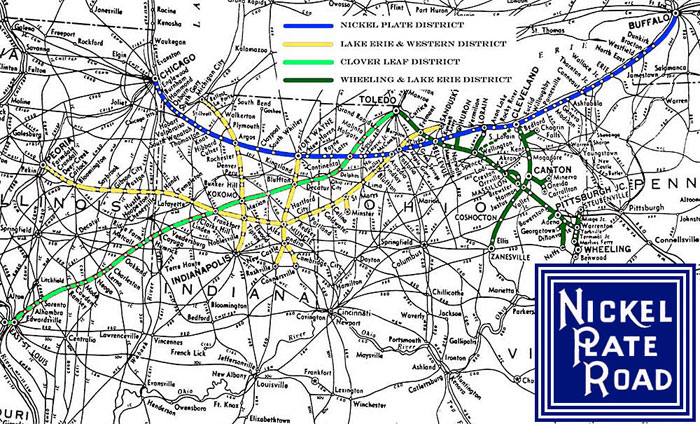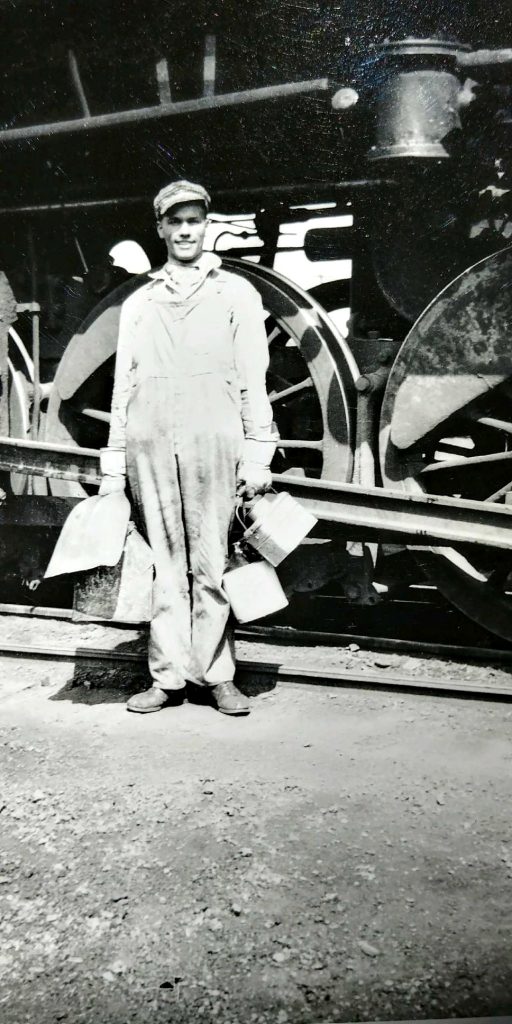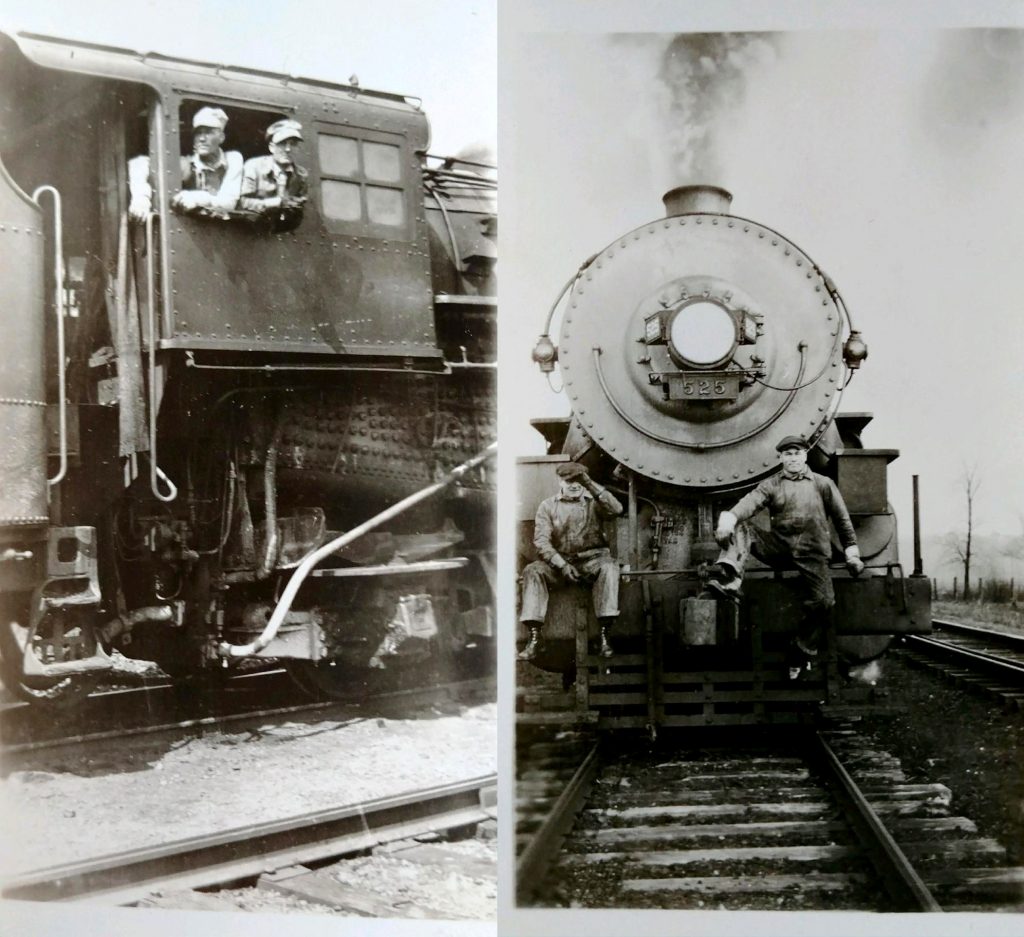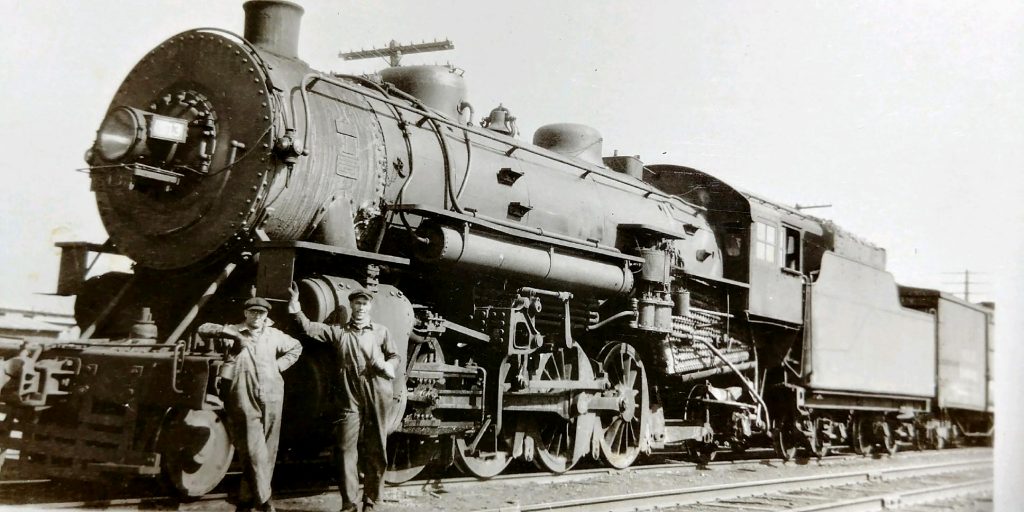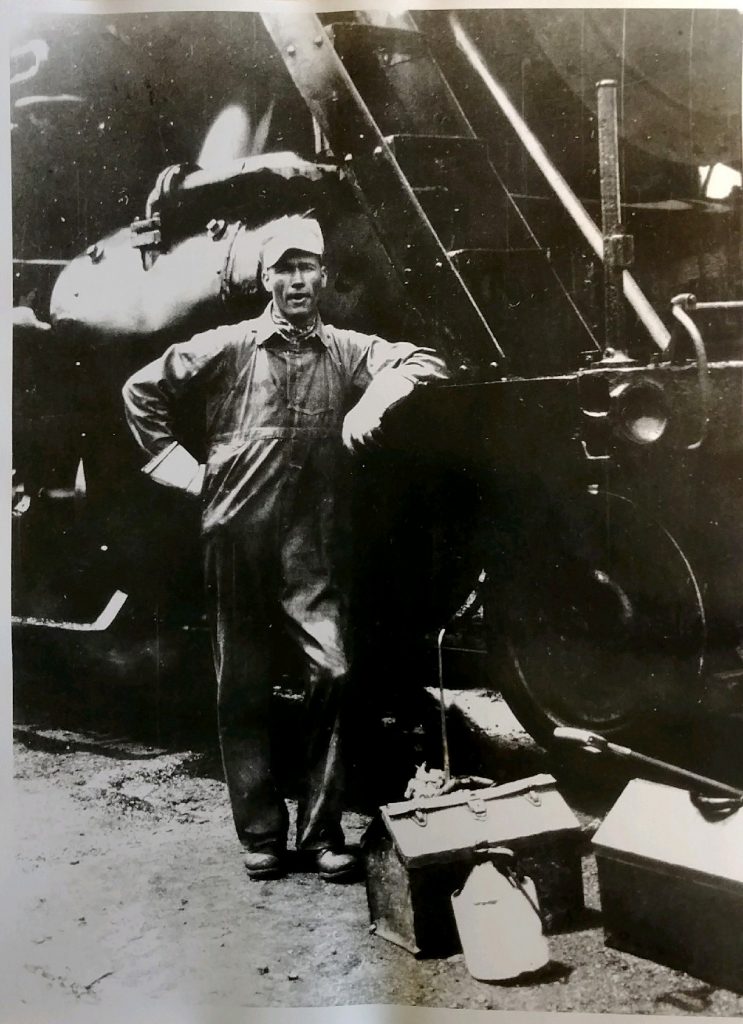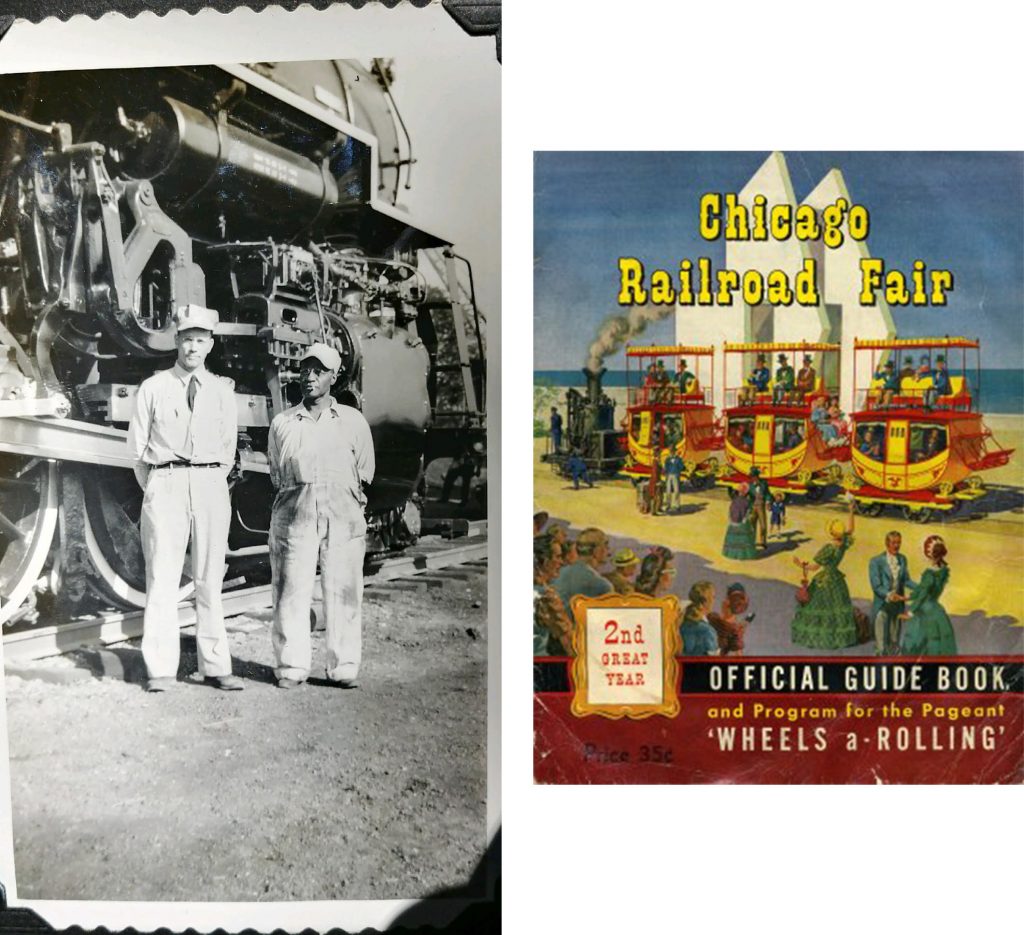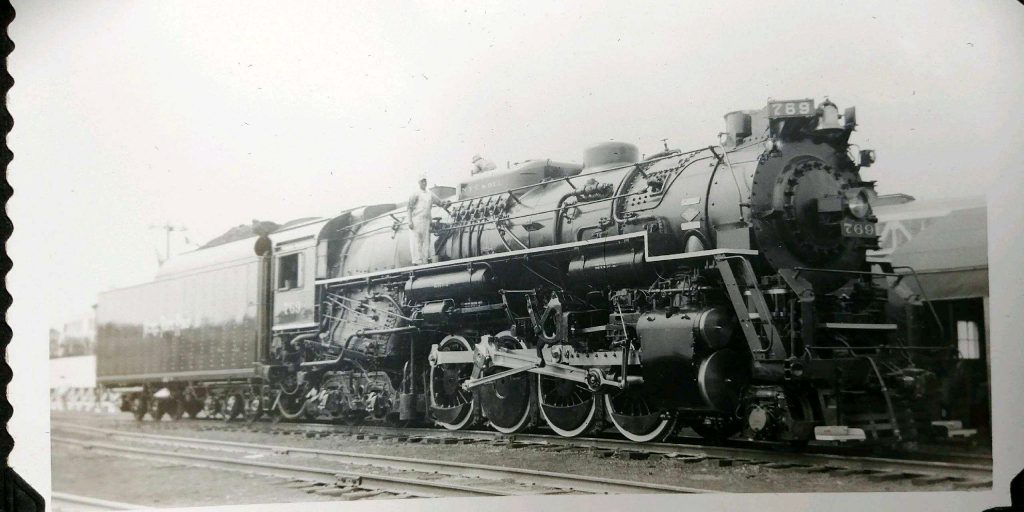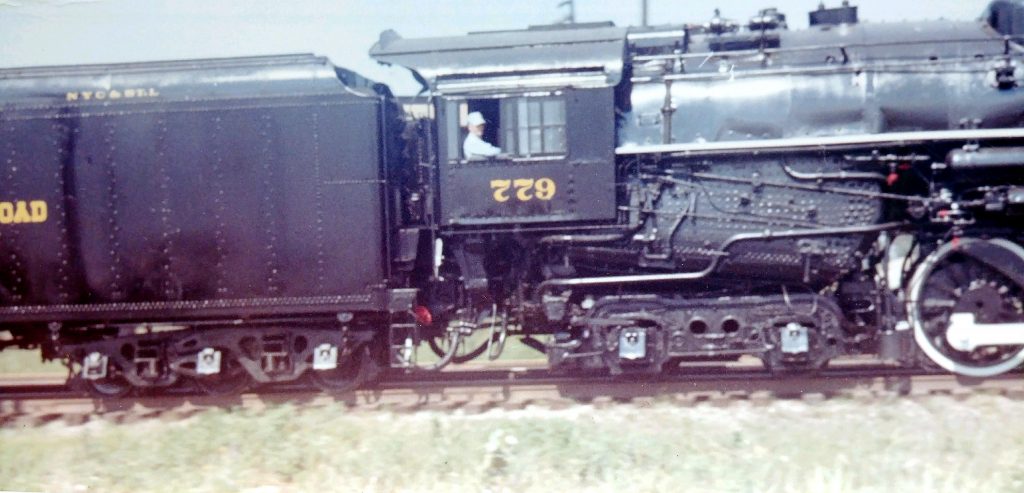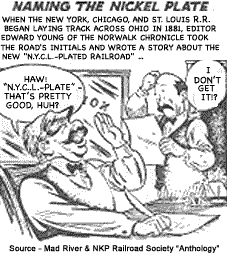
Washington, D.C. — The Nickel Plate Road — officially the New York, Chicago & St. Louis Railroad Company — had “a storied 83-year existence,” starting with one road in 1882 and ending, after a 1964 merger with the Norfolk & Western Railway, as a four-district Midwest powerhouse.
One of the Nickel Plate’s many stops was Fort Wayne, Indiana, the home base for my great-grandfather and lifelong railroader Thomas L. Seaney. Seaney spent his entire 60-plus year career working on the road. He wore many hats over this time, from fireman to conductor to equipment inspector. His father before him, my great great grandfather Thomas H. Seaney, also worked on the road, retiring in 1908 as “one of the best known conductors on the Nickel-plate” according to the Indianapolis Journal.
Railroad technology underwent significant changes during their tenure. When the younger Seaney retired in 1963, few steam locomotives — the original iron horses — were still in service, having been replaced by more efficient, lower-cost diesel engines. In this way, some things never change; today’s freight railroads are ever-evolving and innovating, from deploying ultrasound track technology to big data to positive train control. Today’s trains can carry almost 3,500 tons of freight, 58 percent more than they could carry just 35 years ago.
Below is a small slice of railroad history that I’m proud to be able to share because it was preserved by my family of railroad buffs. Enjoy a look back at life on the Nickel Plate.
